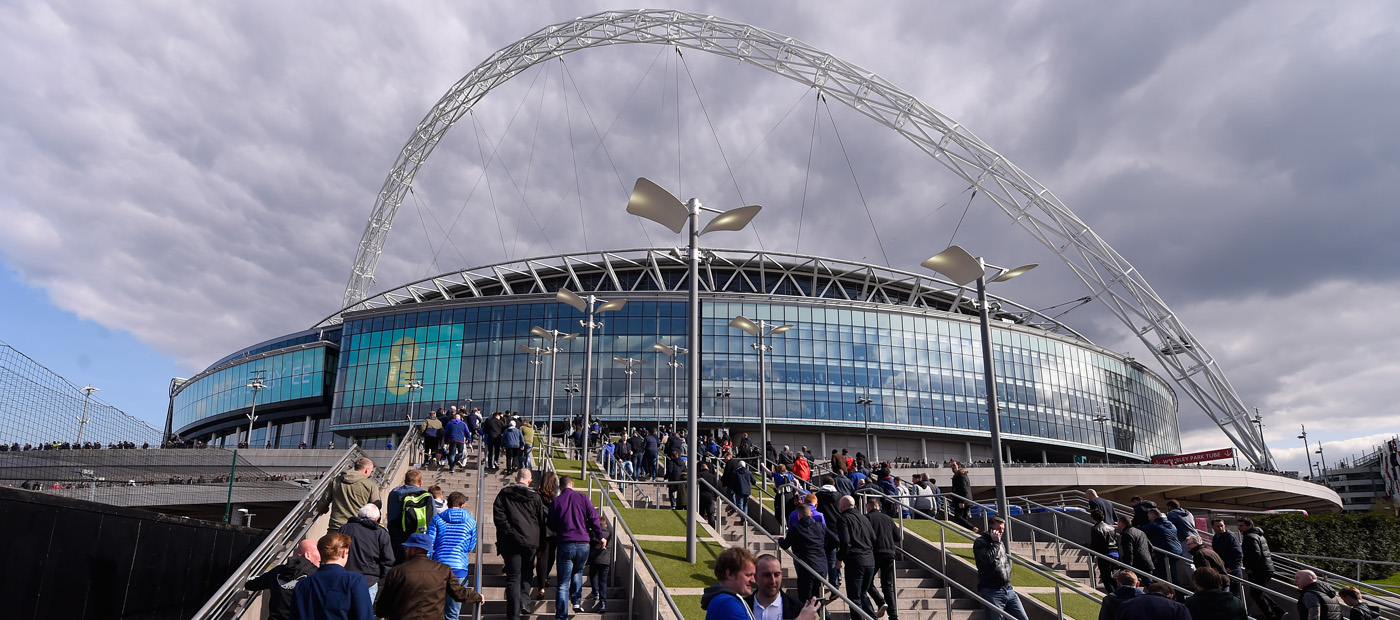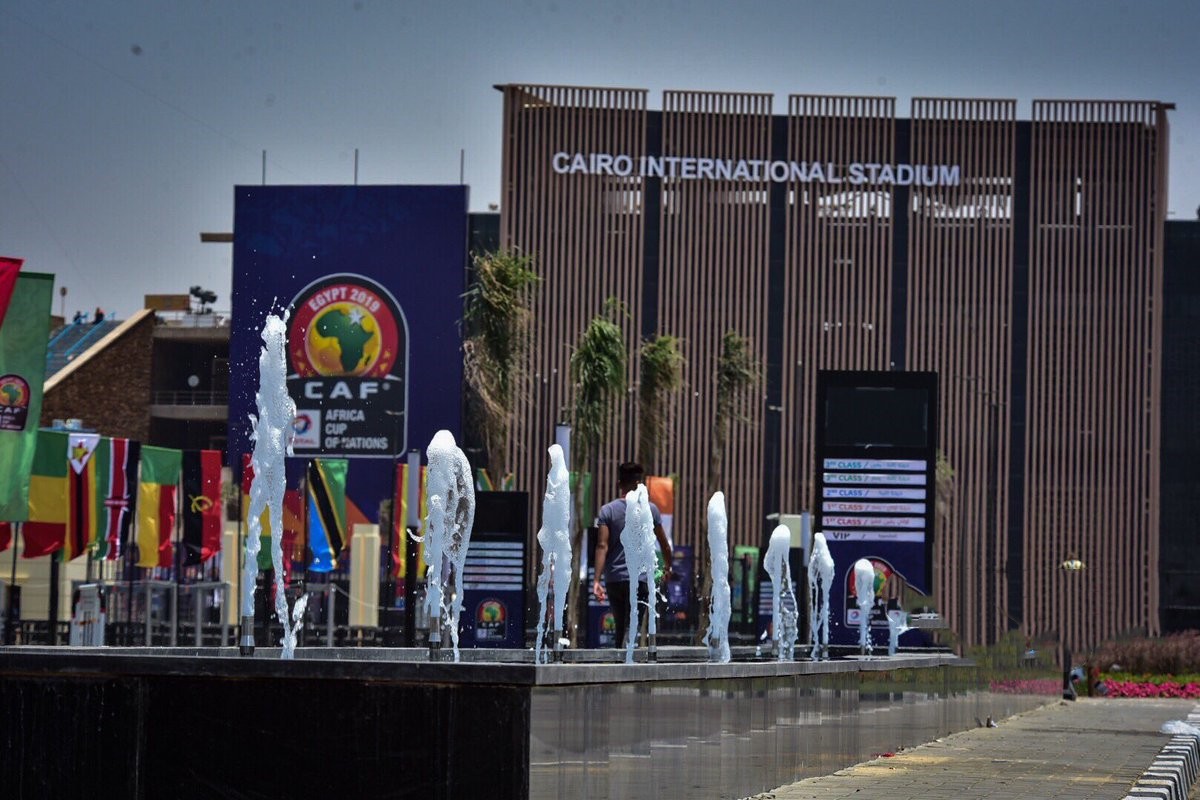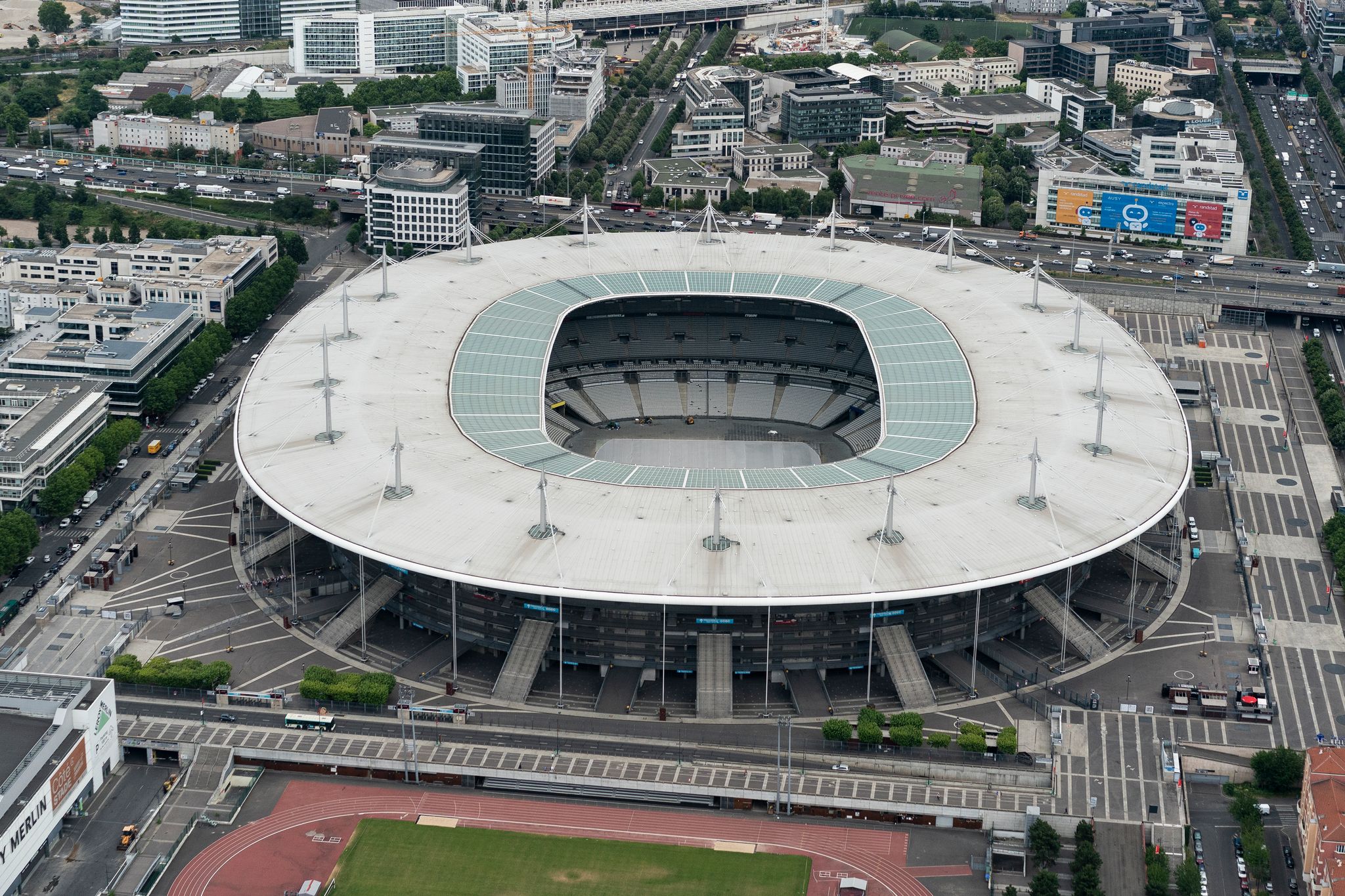Wembley Stadium is a timeless icon in London’s sporting tapestry. It is a venue that has hosted some of the most historic and memorable moments in the last century, including the 1966 World Cup Final and the 1948 Olympics. With a seating capacity of over 90,000 spectators, it is the largest all-seater football stadium in the UK.
The stadium is not only a symbol of sporting excellence but also a cultural and economic hub. It has played host to some of the biggest names in music, including Queen, Madonna, and Michael Jackson. It has also been a venue for major political events, such as the 1948 Labour Party Conference, where the National Health Service was launched. Wembley Stadium has become an integral part of London’s cultural identity, attracting millions of visitors every year.
Key Takeaways
- Wembley Stadium is a timeless icon in London’s sporting tapestry and has hosted some of the most historic and memorable moments in the last century.
- The stadium is not only a symbol of sporting excellence but also a cultural and economic hub, attracting millions of visitors every year.
- Wembley Stadium has become an integral part of London’s cultural identity, playing host to major music, political, and sporting events.
Historical Significance
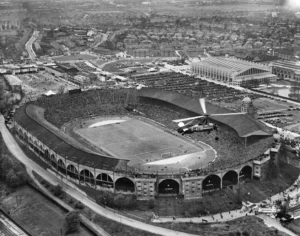
Construction and Inauguration
Wembley Stadium, located in northwest London, is a world-renowned sporting venue with a rich history. Construction of the stadium began in 1920 and was completed in 1923, at a cost of £750,000. The stadium was built on the site of the former British Empire Exhibition, which had been held in Wembley Park in 1924 and 1925.
The stadium was designed by architect Sir John Simpson and engineer Maxwell Ayrton, who were tasked with creating a venue that could hold over 100,000 spectators. The stadium’s distinctive twin towers were added in 1924 and quickly became an iconic feature of the London skyline.
Wembley Stadium was officially opened on April 28, 1923, by King George V, who also attended the first FA Cup Final to be held at the stadium later that day. The match between Bolton Wanderers and West Ham United drew a crowd of over 126,000 spectators, setting a record for the largest attendance at a sporting event in the UK.
Landmark Events

Over the past century, Wembley Stadium has played host to some of the most significant sporting and cultural events in British history. The stadium has been the venue for numerous FA Cup Finals, League Cup Finals, and Charity Shield matches, as well as the home ground for the England national football team.
In addition to football, Wembley Stadium has also hosted rugby league matches, boxing bouts, and music concerts. The stadium has welcomed some of the biggest names in music, including Queen, Michael Jackson, and Adele, among others.
Wembley Stadium has also played a significant role in international events, including the 1948 Summer Olympics and the 1966 FIFA World Cup, which saw England win their first and only World Cup title. The stadium was also the venue for the 2012 Summer Olympics football tournament, which saw Mexico win the gold medal.
Today, Wembley Stadium remains an iconic venue in London’s sporting tapestry, with a rich history and a bright future ahead.
Architectural Marvel
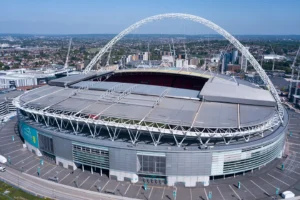
Wembley Stadium is a true marvel of modern architecture. The stadium’s iconic arch, which stands at 133 meters tall, is one of the most recognizable features of the London skyline. The arch is made up of 1,750 tons of steel and is the longest single-span roof structure in the world. The arch was designed to reflect the stadium’s history and the famous Twin Towers, which stood at the original stadium.
Design Innovations
The design of Wembley Stadium incorporates several innovative features that set it apart from other stadiums around the world. One of the most notable features is the retractable roof, which can be closed in just 30 minutes. The roof is made up of 14 separate sections that can be moved independently of each other, allowing for precise control over the amount of light and air that enters the stadium.
Another innovative feature of Wembley Stadium is the use of a bowl-shaped seating arrangement. This design ensures that every seat in the stadium has an unobstructed view of the pitch, making it one of the best stadiums in the world for watching live sports.
Renovations and Modernization
Wembley Stadium has undergone several renovations and modernizations since it was first built. The most recent renovation, which was completed in 2007, saw the stadium rebuilt from the ground up. The new stadium features state-of-the-art facilities, including a 90,000-seat capacity, a 360-degree video screen, and a retractable roof.
The modernization of the stadium has also included several environmentally friendly features. For example, the stadium’s lighting system uses energy-efficient LED lights, and rainwater is collected and reused for irrigation and toilet flushing.
Overall, Wembley Stadium is a true architectural marvel that has stood the test of time. Its innovative design and modern features make it one of the best stadiums in the world, and a must-visit destination for sports fans and architecture enthusiasts alike.
Cultural and Economic Impact
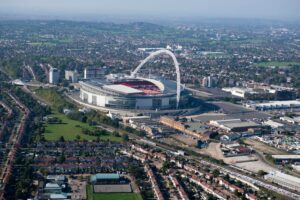
Wembley Stadium has had a significant cultural and economic impact on the local community and the sports industry. The stadium has played host to numerous events, including sports, music, and cultural events, making it a hub for entertainment in London.
Influence on Local Community
Wembley Stadium has been a significant contributor to the local community, providing employment opportunities and generating revenue for local businesses. According to a report by Brent Council, the stadium generated £187.7 million in economic activity during the 2017/18 event season alone [1]. The report also states that the stadium supported the equivalent of 3,500 full-time jobs in the borough.
Moreover, Wembley Stadium has been involved in several community initiatives, such as the Wembley National Stadium Trust, which has provided funding for local projects that promote sports and physical activity in the community. The stadium also hosts community events, such as the Brent Primary Schools Cup, which provides local schools with the opportunity to play football at the stadium.
Contribution to Sports
Wembley Stadium has a rich history in sports, having hosted several iconic events, including the FA Cup Final and the 1948 Summer Olympics. The stadium has also hosted numerous other sporting events, such as the UEFA Champions League Final and NFL games, making it a global destination for sports fans.
The stadium has also played a significant role in the development of sports in the UK, providing state-of-the-art facilities for athletes and teams. The stadium’s facilities include a 400m track, a weightlifting room, and a hydrotherapy pool, among others. These facilities have been used by several national teams, including the England football team and the Great Britain athletics team, for training and preparation for major events.
In conclusion, Wembley Stadium has had a significant cultural and economic impact on the local community and the sports industry. Its contribution to sports and entertainment has made it a timeless icon in London’s sporting tapestry.
[1] Brent Council. (2018). Economic impact of Wembley Stadium for the 2017/18 event season. Retrieved from https://democracy.brent.gov.uk/documents/s80862/Economic%20Impact%20of%20Wembley%20Stadium%20Events.pdf
Frequently Asked Questions
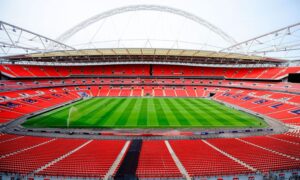
What are the historical milestones of Wembley Stadium?
Wembley Stadium is an iconic venue with a rich history that spans over a century. The original stadium was built in 1923 and was then known as the Empire Stadium. Over the years, it has undergone several renovations and upgrades, with the most recent being completed in 2007. It has hosted numerous historical events, including the 1948 Olympic Games, the 1966 FIFA World Cup Final, and the 2012 Summer Olympics.
Can you describe the architectural significance of Wembley Stadium?
Wembley Stadium’s architectural significance lies in its unique design that combines modern technology with traditional elements. The stadium’s arch, which stands at 133 meters tall, is the most prominent feature of the structure. It is made of steel and is designed to withstand wind speeds of up to 120 mph. The stadium’s seating capacity of 90,000 makes it the second-largest stadium in Europe and the largest in the UK.
What major sporting events have taken place at Wembley Stadium?
Wembley Stadium has hosted numerous major sporting events over the years, including the FA Cup Final, the Rugby League Challenge Cup Final, and the NFL International Series. It has also hosted several UEFA Champions League Finals, including the 2024 final, which took place on June 1, 2024.
How can visitors access tours of Wembley Stadium?
Visitors can access tours of Wembley Stadium by booking a guided tour online or in person. The tour takes visitors behind the scenes of the stadium, including the player’s tunnel, the royal box, and the press conference room. Visitors can also explore the stadium’s museum, which showcases the history of Wembley Stadium and its iconic events.
What facilities and amenities does Wembley Stadium offer?
Wembley Stadium offers a wide range of facilities and amenities for visitors, including restaurants, bars, and retail stores. The stadium also has accessible seating and facilities for disabled visitors. There are also numerous parking options available for visitors, including onsite parking and nearby offsite parking.
How has Wembley Stadium impacted the local community and economy?
Wembley Stadium has had a significant impact on the local community and economy. It has created numerous job opportunities and has contributed to the growth of the local economy. The stadium has also provided a venue for community events and has helped to promote sports and entertainment in the area.
Other Articles:
Also Check: Camp Nou: Beholding Barcelona’s Sporting Legacy at a Cathedral of Football Majesty
Also Check: Anfield: Home of Liverpool’s Glorious Legacy – Where Red Dreams Soar
Also See: Unveiling the Magnificence of Moshood Abiola National Stadium: Emblem of Nigerian Splendor
Also see: The Iconic Ellis Park Stadium: A Legacy of Sports and Entertainment in Johannesburg
Also See: Stade Du 5 Juillet: A Monument of Sporting Triumphs and Unity in Algeria
